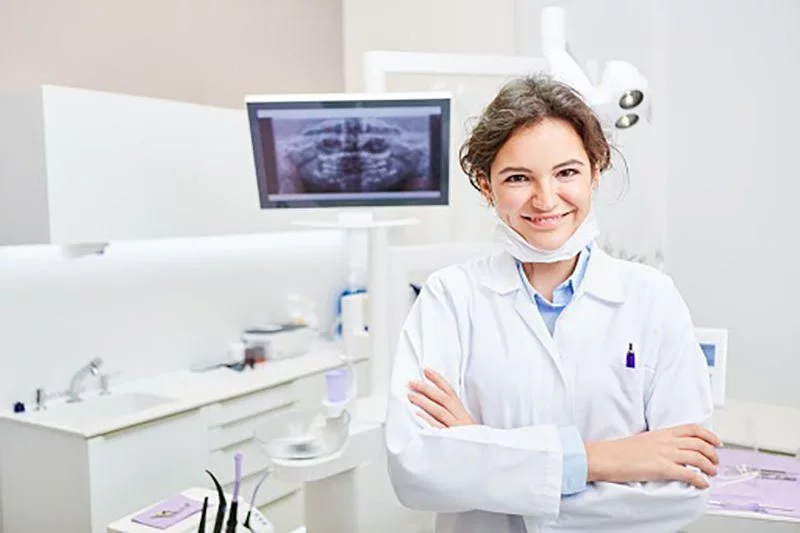
Sterilization is one of the most important aspects of a dental office. Dental professionals use a variety of methods to ensure their office & equipment are safe & clean, & one of the most common ways they sterilize equipment is with an autoclave.
What Is an Autoclave?
An autoclave is a container that, when filled with steam & heated to a high temperature, sterilizes the equipment placed inside of it. Autoclaves are used in a variety of laboratory & medical settings, including dental offices. They can be small enough to fit on a table or as big as an entire room, but the autoclaves used in dental offices are usually a little bigger than a microwave.
History
The autoclave was invented in 1879, but people have been using steam in enclosed spaces to prevent illness since the seventeenth century. Of course, now autoclaves are mostly automated rather than manual, making them easier to use & more precise.
Even now, more environmentally-friendly autoclaves are being developed. These newer models reduce or recycle the water used, & some also have control systems to turn the autoclave off when it’s not being used. Although the basic sterilization process remains the same, autoclaves continue to be improved!
How It Works
Instruments are cleaned & dried before they even go into the autoclave, to ensure that the sterilization is effective. Once they have been cleaned, the instruments are packaged into wraps or pouches, so they won’t be exposed to air when they’re removed from the autoclave. After the packed instruments have been placed inside the autoclave, the door is locked, sealing the chamber. The air inside the chamber is then replaced with steam, which is pressurized until the temperature reaches the requirement for sterilization (usually around 270°F). This temperature is maintained for a set amount of time, which can range anywhere from 6 to 30 minutes, depending on what is being sterilized. After that, the pressure is released. Although the pressure inside the chamber returns to normal, the instruments are still very hot, but once they’ve cooled, they are ready to be used for your appointment!
Appointments Before & After Work or School & on Saturdays & Sundays!
Request Online or Call Today!
Related Posts
Counterproductive Brushing Habits & Fixes
If you brush your teeth at least twice a day, you’re doing great. Regular brushing is the key to preventing tooth pain & expensive procedures.
Solutions for Slowing Sensitivity in Teeth
As our teeth are exposed to more & more foods that wear away enamel, our teeth can become sensitive to things like hot & cold food & drink.
Teaching Your Child Good Dental Habits
Good dental habits like brushing your teeth are important for your oral & overall health, but to kids, they can feel like a chore. Even though baby teeth will fall out eventually, it’s important to keep them healthy because they are guides & space holders for permanent teeth. Here are some tips for teaching your kids good dental hygiene habits to solidify their oral health for a lifetime.



